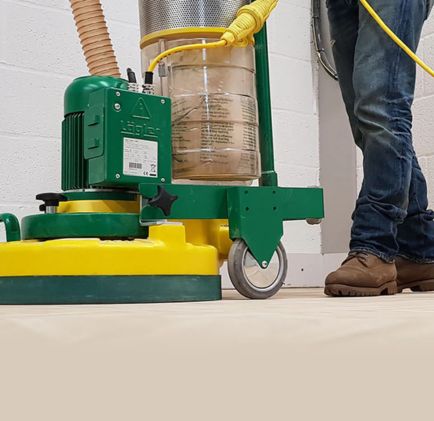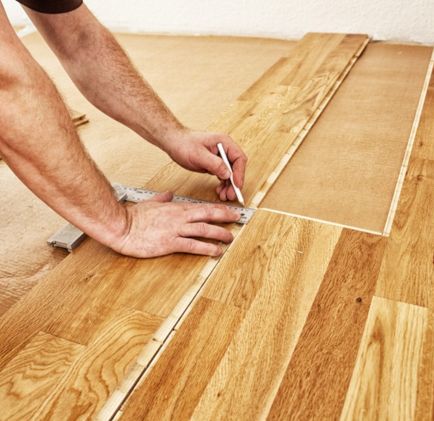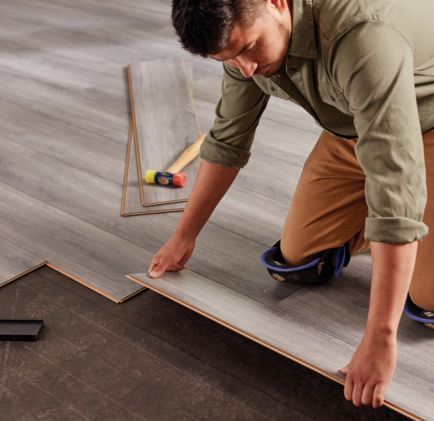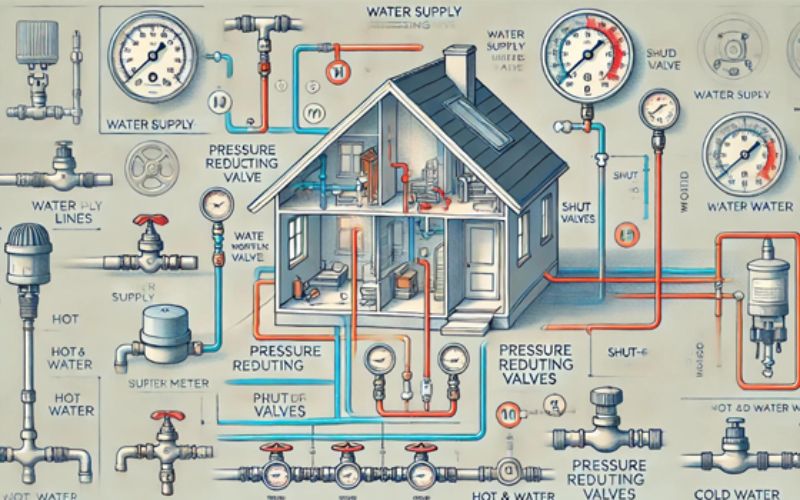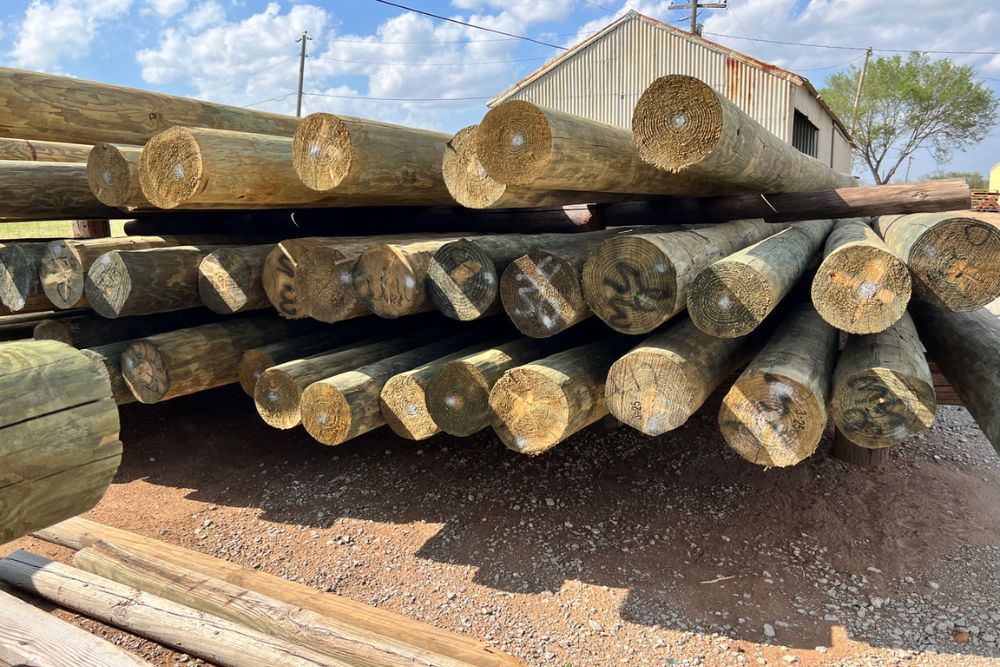
Bradford Wood Flooring did an incredible job on our living room renovation. Their team was professional, punctual, and attentive to detail. The quality of the hardwood floors is exceptional, and the installation was flawless. We’re thrilled with the results and will definitely use them again for future projects.

William Smith
Interior Designer






